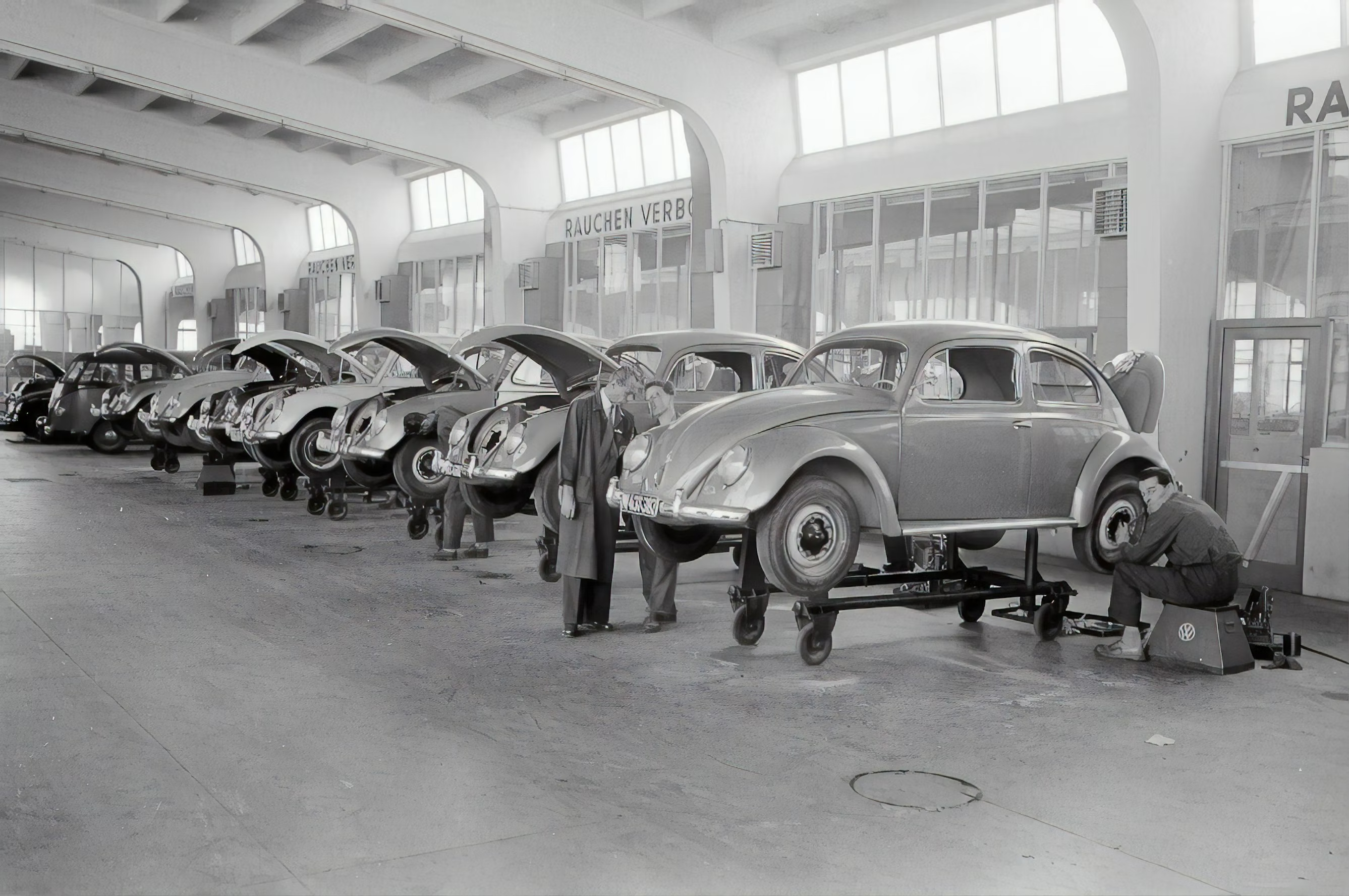
The Market Decides Your Project Scope
Do you think you can build anything you want? You might. But you’re probably leaving value on the table due to simple economics.
A while ago, I read this amazing piece about building a ladder. I encourage you to read it if you haven’t seen it before.
http://johnsalvatier.org/blog/2017/reality-has-a-surprising-amount-of-detail
It’s an ode to the complexity of things. As human beings, we are used to abstraction everywhere as an essential tool to navigate the world. Nobody thinks of a cup as a bunch of atoms clumped together with incredible forces. Yet that’s what it is.
I want coffee
Any two cups fill roughly the same function for us humans, and we can use either in the same way. Yet they could have a deeply different material composition, different properties (one is microwaveable, the other is not), shapes, weights and so on.
Those differences are abstracted to us thanks to how our brains are wired.
We only consider a cup in terms of how we need to use it. If it’s a simple use, our brains make an amazing job at abstracting away all the underlying complexity.
Now say you wanted to make a coffee at your workplace’s hottest coffee machine. You try to put the cup in the machine’s receptacle, but suddenly you realize your favourite cup is too tall to fit.
You also realize you’re the only one in the floor to boast this superb heat preserving, half a liter big cup. Nobody’s gonna complain their cups aren’t fitting.
So you pick a smaller cup, and maybe run the coffee machine twice, pouring the precious liquid onto your big cup every time the small cup fills up.
The Coffee Machine Factory
After you’re done cleaning up the spilled coffee, let’s take a moment and contemplate the situation from the machine maker’s perspective.
You’re internally ruminating against them for not even thinking someone could have tall cups.
But they do know! Or at least, probably.
I have written before about ROI, so if you’re not confident about the concept, check out that article before moving forward.
It would probably be way more costly for the maker to support larger cups. Say 30% more expensive.
The probable thing is, you are what is known as an outlier, from the maker’s perspective.
It means that after the maker conducted several market studies (or not), they concluded that your situation is not common enough to warrant the increase in cost needed to address it.
When making the product, the maker’s team probably found what looked like a sweet spot in terms of ROI and size of the market, and that didn’t include your snowflake cup.
you didn’t talk about market size in your ROI article?? — You at this point
The Holy Market and its whims
When thinking about the economic viability of a product, another concept that comes handy is the market size.
It is roughly the amount of money spent on products or needs similar to the product you’re contemplating.
The Coffee market for example in Germany in 2018 has a size of approximately $5.5B according to these fine folks.
That is the total amount of money spent on buying coffee in Germany (beans / ground in this statistic) in that year.
It represents the currently maximum known amount of money you would be earning if you controlled the whole market (you little megalomaniac).
This useful number gives you an indication in your analysis of the maximum Value that is currently generated, so that you use it as a benchmark against your ROI projections.
Unless you’re the next Steve Jobs and you can manipulate consumption trends, a good rule of thumb is to make sure your ROI yields less than the market size, otherwise your expectations might be too unrealistic.
To picture this, in the context of our favourite coffee machine maker, it means that the market size for coffee machines that support large cups is marginally bigger than the market for regular coffee machines.
Another way to see it is a measure of percentiles and distributions. There are only 5% of you in the world who use this cursed kind of cup. But remember, it’s 30% more expensive to care for you. No one cares, no one wants to lose money.
An exaggerated math says:
ROI(smallCup) = Value / Effort
ROI(largeCup) = 1.05 * Value / 1.3 * Effort
Therefore:
ROI(smallCup) = 1.3/1.05 * ROI(largeCup)
In this toy example, the ROI for small cup machines is 1.23 times bigger than the ROI for large cups.
The maker earns 23% more money on small cup machines.
Let’s try to summarize this as we’ve delved too long in the world of economics, and I can feel armies of economists starting to sharpen their sticks.
- ROI gives you an idea about the value an investment activity will produce.
- Market size gives you an upper bound on the value that exists today.
- Some markets yield a smaller ROI than others.
- It makes economical sense to focus on a smaller market size if it yields a better ROI.


Omar Kamali
Tech Founder & AI Strategist
Building products at the intersection of AI scale and human finesse, making complex technology accessible to everyone.
More about me


